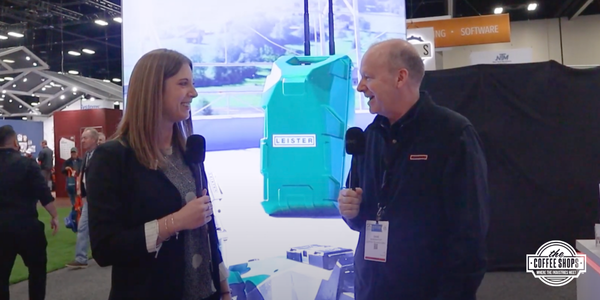Ventilation Inspection Task List

By Quarrix.
Follow these to-dos to ensure that a home’s ventilation is in top working order.
Contractors know the importance of ventilation cannot be stated enough. Without ventilation, you open the attic up to a myriad of problems including mold, rotting decks, ice dams and increased home cooling costs. Air ventilation is critical to the performance of a roofing system, which is why the ventilation of a roof should be regularly checked. Follow this handy checklist from Quarrix to ensure that the ventilation is in top shape during your next inspection.
Interior review
1 - Remove all sources of moisture in the attic. If bathroom vents do not lead to the exterior of the home, they can throw off the balance of the ventilation system and cause damage to the roof structure.
Tip: Moisture may be coming from sources inside the home such as humidifiers or indoor pools.
2 - Look for debris or insulation blocking the soffit (intake) vent airways. If the soffit vents are blocked, they become useless and can cause weather infiltration problems in the attic.
Tip: To prevent blockage and promote good airflow we recommend installing ventilation baffles.
3 - Make sure there is adequate insulation installed in the attic. Ventilation and insulation work together simultaneously to increase the life of your roof.
Tip: Having an adequate amount of both insulation and ventilation helps stabilize indoor temperatures and increase energy savings.
Exterior review
1 - Is there enough intake ventilation? A minimum of 50% ventilation should be provided by intake vents and a ratio of 60% intake/40% exhaust should not be exceeded. If there is too much intake, the attic will become pressurized causing the intake vents to become exhaust vents.
Tip: You always want a balanced system but it’s better to have more intake than exhaust.
2 - Seal off all of the bypasses that lead into the attic. Common attic bypasses such as bath exhaust fans and ceiling light fixtures may cause moisture problems in the attic which tend to be the primary cause of ice dams and attic frost.
Tip: Look for insulation that is darkened, this is a good indicator for escaping air.
3 - Never use more than one type of exhaust vent (ridge vent, wind turbines, powered fans) per common attic space. Each system directs airflow differently so combining two or more systems will decrease the effectiveness and may lead to short-circuiting the attic ventilation system.
Tip: It is okay to combine intake vents because they are at the same wind pressure zone.
4 - Does the attic meet the 1:300 code requirements? FHA recommends a minimum of at least 1 square foot of attic ventilation for every 300 square feet of attic floor space.
Tip: To calculate the appropriate Net Free Area for your roof, use our hassle-free ventilation calculator.
5 - Measure twice, cut once – slot holes for exhaust and intake vents that are not sized correctly put you at risk of damaging the structural integrity of the roof. Additionally, you risk providing too much or too little airflow.
Tip: When installing Quarrix Ridge Vent, between a 1” and 4” slot is recommended depending on the pitch of the roof. A minimum of 6” must be left uncut at each end of the ridge.
Learn more about Quarrix Building Products in their RoofersCoffeeShop® Directory or visit www.quarrix.com.
Original article source: Quarrix























Comments
Leave a Reply
Have an account? Login to leave a comment!
Sign In